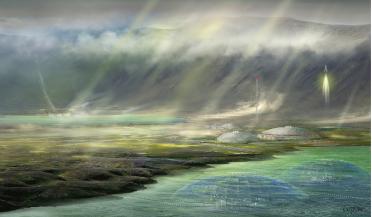 April 2024
Terraformal dreaming
April 2024
Terraformal dreaming
... blue colour filters of the OSIRIS camera on the Rosetta probe, acquired in February 2007. Perhaps we could resolve to terraform Earth, instead? In the words of astronomer and artist Lucianne Walkowicz, “If we truly believe in our ability to bend the...
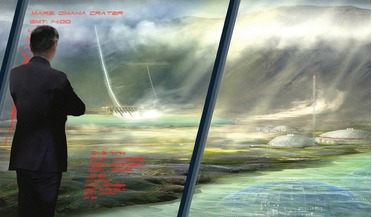 April 2018
Developing Mars
April 2018
Developing Mars
...from frontier businesses of the First Transcontinental Railroad and the California Gold Rush in 19th-century America. Terraformation resources can sustain and protect subaqueous natural-light habitation structures (‘habs’). Habs can be spacious, with...
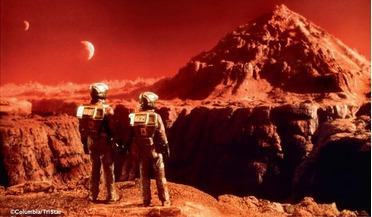 December 2014
Terraforming Mars: from CFCs to Total Recall
December 2014
Terraforming Mars: from CFCs to Total Recall
... is, to redesign its surface environment so that it is similar to Earth. Our closest neighbour, Venus, is not a good candidate for terraforming because it has a hot, dense atmosphere that would be difficult to remove and because it has lost all but...
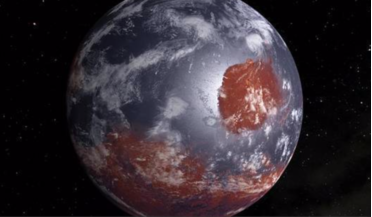 29 May 2019
Comets inspire new way to make breathable oxygen on other planets
29 May 2019
Comets inspire new way to make breathable oxygen on other planets
If humanity wants to settle somewhere beyond our planet then one of the problems we will face is a shortage of molecular oxygen (O2) to breathe. Unfortunately for us, O2 is very hard to come by in the vast expanses of the cosmos. Not only that but ...
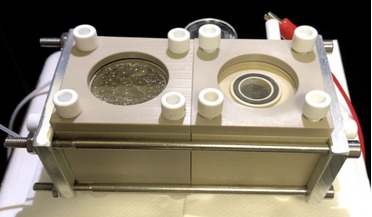 01 April 2020
Biohybrid can turn CO2 into new products for use on Mars or Earth
01 April 2020
Biohybrid can turn CO2 into new products for use on Mars or Earth
... gas layer that is made up of about 96 percent carbon dioxide (CO2) - a level that is toxic to humans if breathed in directly. Terraforming Mars to make its surface habitable for Earth-based life is a subject that some are now considering...
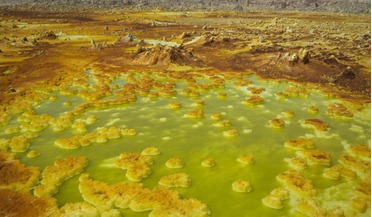 15 July 2019
New study says silica aerogel could make Mars habitable
15 July 2019
New study says silica aerogel could make Mars habitable
...that a healthy population of plant and microbial life couldn’t get established if the conditions were right. Traditional terraforming means that involve massive environmental modification are currently well beyond human capability for the foreseeable...